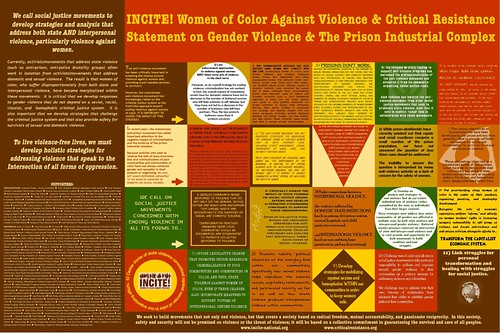Medical Parole: Politics vs. Compassion
By Nina Quinn
Dostoevsky reminds us that society can be measured by how it treats its prisoners. And part of that measure must surely be the degree of compassion we show toward the dying. Yet compassionate release, or medical parole, is an under-used and too rarely granted option for terminally ill inmates in our While some form of medical parole legislation is in place in federal and state jurisdictions, it is often overly restrictive, narrowly interpreted, and muddied by political interests. Unfortunately, a lack of political will affects bureaucratic will and ultimately the number of dying released from prison.
Barry Holman of the
Jack Beck; who has done a careful study of medical parole in
In
Apart from negative political influence, there are other related obstacles. The eligibility criteria can be overly restrictive eliminating, people who are clearly terminally ill. The process can be convoluted and delayed resulting in many inmates dying in prison before their review is completed. In
When these three barriers of politics, criteria and process come together they virtually guarantee a fourth: lack of incentive to initiate applications.
While there can be various factors contributing to this, Beck points to a common theme of frustration and futility. The paper burden on the medical providers can be both excessive and judged a waste of medical time when so few are granted parole. Similarly, many prison staff with compassion for the dying, do not want to raise the inmates hopes and put them through the stress of a long waiting period only to have them die in the process or be refused.
Also, the establishing of Regional Medical Units (RMUs) and hospice programs make for a simpler alternative – transfer the inmate. The RMUs run on a fixed DOC's budget and there is incentive to keep the beds full. Plus it is quicker, less complicated, and does not require the additional work involved in a discharge plan.
Another obstacle Beck articulates is the failure to educate the staff and inmates about the program and the process. This is particularly important in states like
Other than holding our politicians to a higher standard, what else is required for effective compassionate release policy?
A first requirement is clear legislation that is free from murky political bias, compromise, and overly restrictive criteria. A clearly defined medical prognosis is required. One that includes all terminally ill inmates. It should be clear and factual enough that inmates and their doctors know if they meet the criteria. And it should be fair.
In
Rather than an incapacitation model where the prime emphasis is on risk, Beck makes the case for a terminal illness diagnosis with a one-year life expectancy. Studies show that when a six months diagnosis is used, the median length of stay in hospice is roughly 30 days. One year would increase the possibility of the review process being completed before the applicant dies. Also, it would allow time for the patient to adjust and relate to his family or new surroundings.
Another requirement is that there be a clear separation between the medical prognosis and the assessment of risk upon, release. Medical staff should not be asked to assess risk but solely address the medical status and prognosis of the inmate. Risk assessment is the pervue of the criminal justice system.
It is at this stage that the process generally gets cumbersome and protracted. So many arms and voices within the criminal justice system are included that the inmate may be dead before a decision is reached. The political temptation to spread the risk and decision-making as broadly as possible needs to be reined in and the process streamlined.
Communication is also important. The system could benefit from staff being well educated on all aspects of the process and this information should be made available to inmates and their families, including language translation when necessary.
Finally, a key and critical requirement, is that when a doctor makes a terminal diagnosis a mandatory application for release is submitted and the process is started including discharge planning. This standardized application should be as simple and straightforward as possible.
accessed january 29, 2010























No comments:
Post a Comment